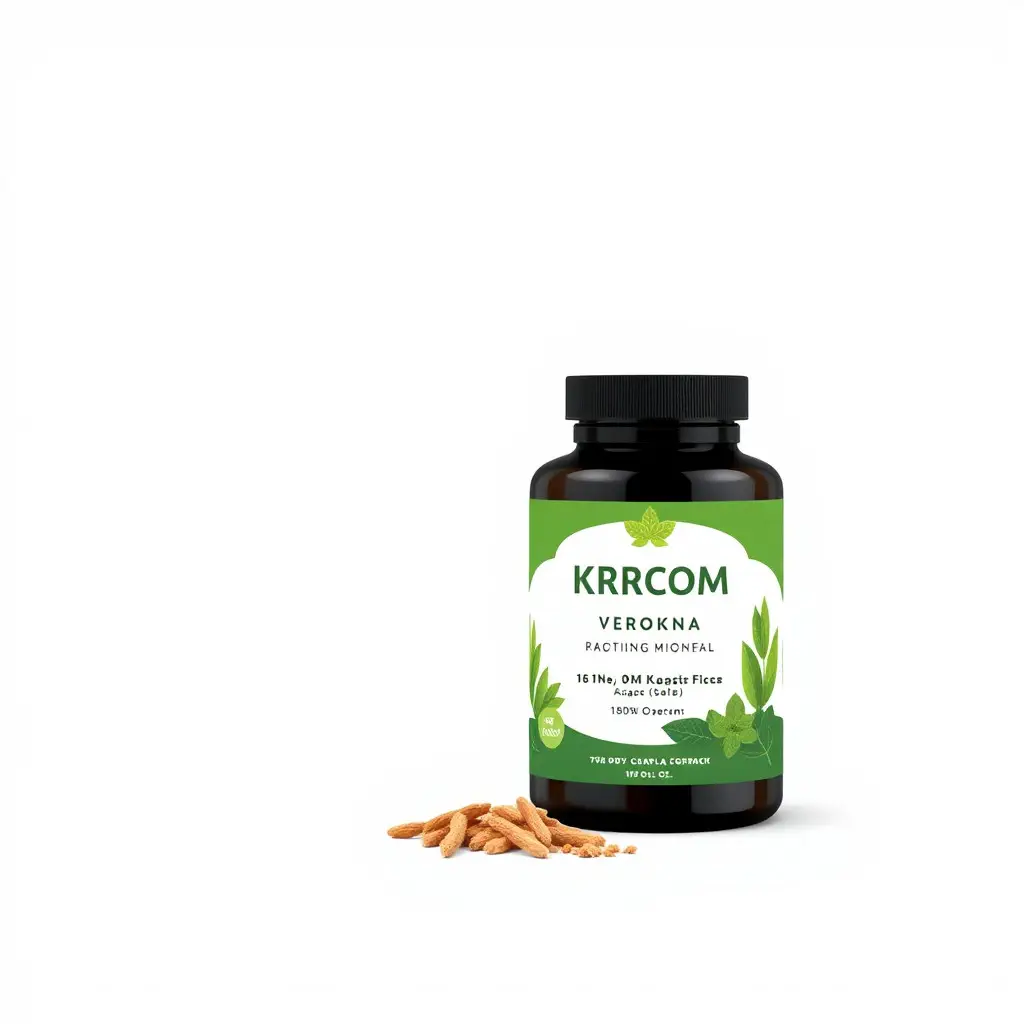Kratom, derived from the Mitragyna speciosa tree, contains alkaloids like mitragynine and 7-hydroxymitragynine that interact with opioid receptors to manage pain without causing euphoria. Its potential for injury prevention and treatment, particularly in managing chronic pain or post-injury recovery, makes it a subject of interest. However, its legal status in Mississippi is ambiguous due to varying municipal regulations; some areas ban it while others allow sales. As of the current knowledge cutoff, kratom's status in Mississippi is not explicitly illegal but is subject to local ordinances, necessitating consumers to verify compliance with these laws. The Mississippi Department of Health has issued advisories due to health and safety concerns. For safe use, individuals should seek advice from healthcare professionals, determine appropriate dosing, and ensure the product's purity through third-party lab testing. It's also important to monitor for dependency and understand potential interactions with other substances. Users must stay informed on any legal changes and consider kratom as a supplementary measure in their recovery process while being mindful of its safety profile and long-term efficacy, which are still under clinical research review.
Exploring the multifaceted role of kratom in safeguarding against and treating injuries, this article delves into its potential as a preventative and restorative tool. Known for its analgesic and anti-inflammatory properties, kratom may offer protection against sports-related injuries and aid in post-injury recovery. We will navigate its legal status in Mississippi, with a focus on “Is kratom legal in Mississippi?” and guide readers through the nuances of using kratom responsibly for injury prevention and management. Join us as we unravel the implications of this botanical substance in a comprehensive overview that balances scientific evidence with legal considerations.
- Understanding Kratom's Role in Injury Prevention and Management
- Kratom Legality in Mississippi: A Comprehensive Overview
- Safe Kratom Use for Injury Prevention and Recovery: Dosage, Sources, and Best Practices
Understanding Kratom's Role in Injury Prevention and Management

Kratom, derived from the leaves of Mitragyna speciosa, has garnered attention for its potential role in injury prevention and management. Its active compounds, mitragynine and 7-hydroxymitragynine, are known to interact with the body’s opioid receptors, providing pain relief without the high associated with traditional opioids. This property can be beneficial for individuals recovering from injuries or those at risk of injury due to chronic pain, as it offers an alternative for analgesia that may reduce the likelihood of overmedication and substance abuse. In Mississippi, where the legal status of kratom is in a state of flux, understanding its potential impact on injury prevention and management is crucial for those considering its use. The legality of kratom in Mississippi varies by locality; while some areas have banned it, others permit its sale. It’s important for consumers to verify the current regulations within their specific jurisdiction before incorporating kratom into their health regimen. Proponents argue that kratom can enhance recovery post-injury due to its anti-inflammatory and pain-relieving properties, potentially leading to faster rehabilitation and a decrease in secondary injuries caused by the misuse of prescription opioids. However, it’s imperative to approach kratom with caution, considering its potential side effects and the lack of long-term clinical studies on its efficacy and safety. Users should consult healthcare professionals to ensure that any decisions to include kratom in injury prevention and management strategies are made with a comprehensive understanding of its implications and within the framework of existing laws in Mississippi.
Kratom Legality in Mississippi: A Comprehensive Overview

In Mississippi, the legal status of kratom has been a subject of interest and debate due to its potential benefits in injury prevention and management. As of recent updates, kratom is not explicitly scheduled as a controlled substance under Mississippi state law. This means that technically, kratom can be legally purchased and consumed within the state’s borders. However, it’s important for consumers to be aware that some cities and counties may have their own ordinances regulating or restricting the sale and use of kratom, which can vary from statewide regulations. The Mississippi Department of Health has issued public health warnings regarding the use of kratom due to concerns over its safety and efficacy, as well as the potential for misuse. This ambiguity in legislation can create confusion among residents, law enforcement, and retailers about its legal status. It’s crucial for individuals interested in using kratom for injury prevention and management to stay informed about any changes in state or local laws, as the regulatory landscape can shift with new legislative proposals or changes in public health policies. Users should also consider consulting healthcare professionals before incorporating kratom into their wellness routines to ensure it aligns with their overall health goals and does not conflict with other medications or treatments they may be undergoing.
Safe Kratom Use for Injury Prevention and Recovery: Dosage, Sources, and Best Practices

Kratom, a plant originating from Southeast Asia, has gained attention for its potential role in injury prevention and management due to its analgesic and anti-inflammatory properties. When considering safe kratom use for injury prevention and recovery, it’s crucial to understand the appropriate dosage and reliable sources. As of the knowledge cutoff date, the legal status of kratom varies by state; for instance, is kratom legal in Mississippi? In Mississippi, kratom is not explicitly illegal at the federal level but is subject to regulations that can affect its availability. Users interested in incorporating kratom into their injury recovery should seek products from reputable vendors who provide third-party lab testing results to ensure purity and potency. The dosage of kratom for pain management should be carefully calculated, with users starting at a low dose to gauge effects before adjusting as needed under the guidance of a healthcare provider. It’s also important to adhere to local laws and regulations regarding the possession and use of kratom. Best practices for safe kratom use include monitoring the frequency of use to prevent dependency, being aware of how it interacts with other substances, and maintaining open communication with healthcare professionals about its use in conjunction with traditional injury treatment plans. Users should also be vigilant about recognizing any adverse effects and discontinue use if necessary. By following these guidelines, individuals can safely explore kratom as a complementary measure to aid in their recovery from injuries.
In conclusion, the potential of kratom in injury prevention and management presents a compelling case for its consideration within holistic health practices. A thorough understanding of its role, coupled with knowledge of its legal status—particularly in Mississippi, where its legality is clearly outlined—is essential for safe and effective use. Adherence to recommended dosages, sourcing high-quality products, and following best practices are crucial steps for those exploring kratom as a component of their injury prevention and recovery strategies. As the regulatory landscape evolves, it remains vital to stay informed on both the scientific research and legal changes surrounding kratom use.






